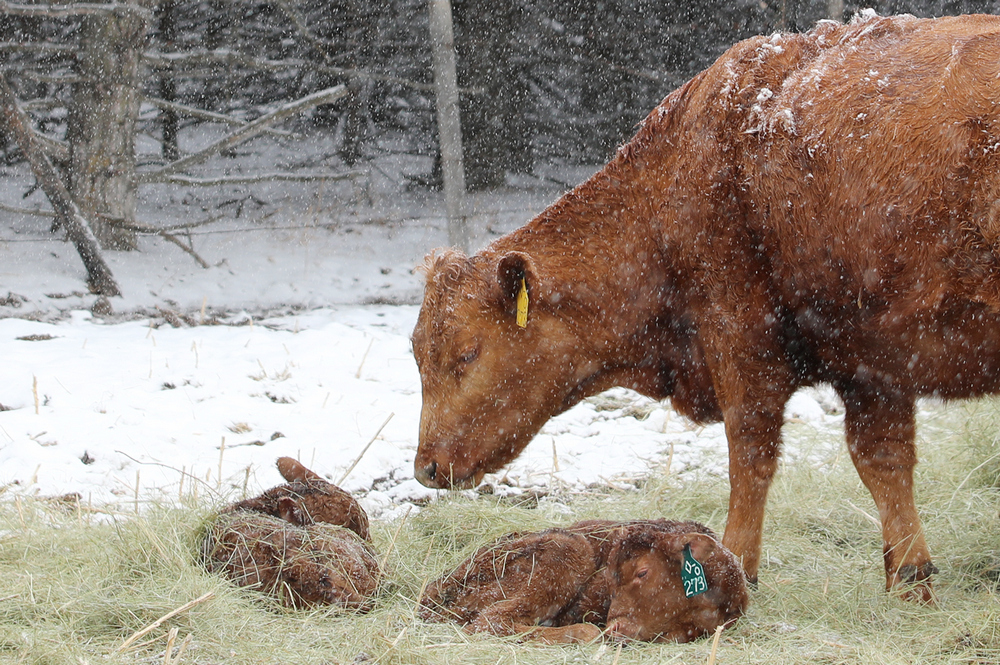![]()

By Aaron Berger, Nebraska Extension Livestock Educator
Preparing for the calving season can help minimize calf loss and reduce stress on those caring for the cowherd. The following are reminders of things that are helpful to address before starting the calving season.
First off, pay attention to the nutritional needs of bred heifers and cows prior to calving. Adequate body condition at calving is important as it impacts cow stamina during delivery of the calf, colostrum quality, calf vigor, and impacts subsequent rebreeding.
Review your herd health plan with your veterinarian. Discuss where management could reduce risk and improve herd health. Address ways to prevent health problems that have been an issue in the past.
Examine calving facilities to make sure they are in good working order. Check gates, pens, alleys, and head catches, fixing or replacing broken items. Also, check the lights and have replacement bulbs on hand.
Check your calving supplies. Inventory plastic sleeves, obstetrical lube, obstetrical chains or straps, esophageal feeders, and calf feeding bottles. Check halters, ropes, and other tools that will be needed. Make sure the calf puller is clean and working properly.
Review the stages of parturition (calving) and know when assistance is needed. Nebraska Extension has resources available to help identify and understand the stages of calving. See “Assisting the Beef Cow at Calving Time” at beef.unl.edu for more information.
As calving approaches have colostrum or colostrum replacement products on hand. The calf’s ability to absorb immunoglobulin antibodies across the intestine decreases rapidly 6-12 hours after birth. It is critical the calf receives colostrum during this time. If the quality or quantity of the colostrum is a concern, consult your veterinarian as to which replacement products are recommended.
Be prepared with a plan and equipment for warming calves during cold weather. Calves born during cold, wet conditions can quickly succumb to hypothermia. For mild hypothermia (body temperature between 94 and 100 degrees Fahrenheit), giving a calf warm, body temperature colostrum or colostrum replacement products and drying the calf off with towels and warm air can quickly bring a calf’s temperature back to normal. A rectal thermometer is a good tool to know the state of a calf’s body temperature.
Finally, wind protection and a clean, dry environment for the new calf should be provided. Wet, muddy conditions are stressful both for cows and calves and provide a situation where disease is likely to occur.
Preparing for the calving season can help minimize calf loss and reduce stress on those caring for the cowherd. Nebraska Extension has a number of resources for producers to review to assist the cow and calf at beef.unl.edu.
